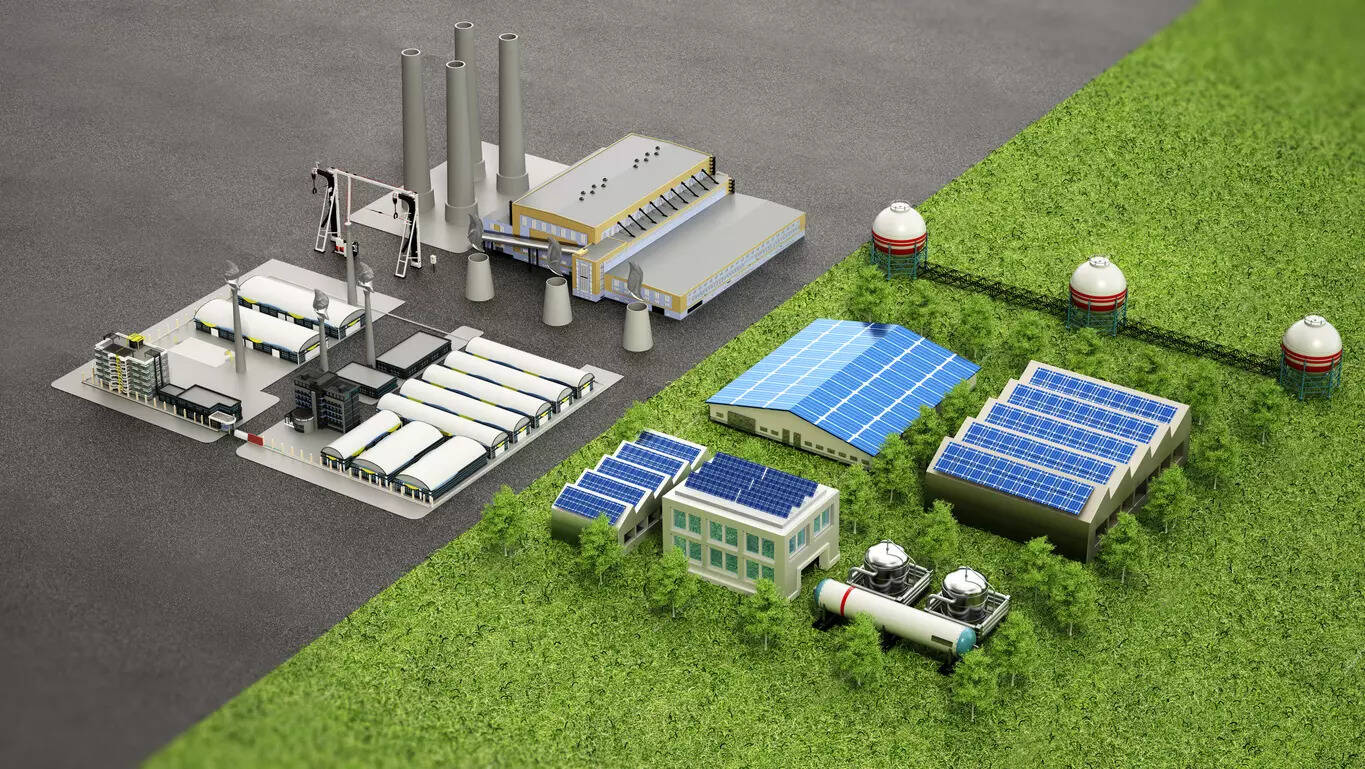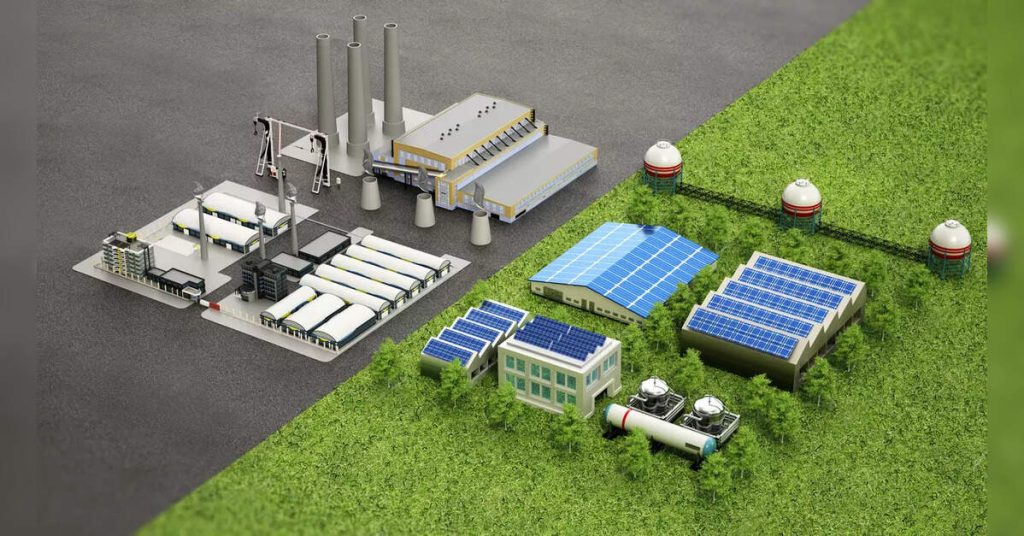
Sterlite Technologies Ltd. (STL) has collaborated with Hygenco for Maharashtra’s first green hydrogen and green oxygen production facility for optical fibre, the company announced on Thursday.
The planned green hydrogen and green oxygen project, centred in Chhatrapati Sambhaji Nagar, Maharashtra, will supply green gases to STL’s glass preform facility.
With this collaboration in sustainable manufacturing, Sterlite Tech is set to become one of the world’s first optical fibre manufacturers to deploy 100 per cent green hydrogen in its production processes. The move aims to support the company’s goal to achieve Net Zero by 2030.
The collaborator Hygenco will build, own and operate the green hydrogen manufacturing facility, ensuring a reliable and commercially viable supply for 20 years.
“By leveraging 100 per cent green hydrogen for its glass preform manufacturing, STL is setting a new global benchmark for decarbonization in the optical fibre industry. Our collaboration with Hygenco exemplifies our commitment towards sustainability and operational excellence,” Rahul Puri, CEO – Optical Networking Business, STL said on the successful commissioning of the green hydrogen plant.
With its collaboration with Hygenco, STL aims to reduce carbon emissions by ~30 per cent annually.
“Green Hydrogen has the potential to be a game-changer in India’s journey towards sustainability. Our long-term engagement with STL represents a bold step forward in decarbonising industrial processes. We are proud to enable STL to lead the global optical fibre industry into a new era of green manufacturing,” said Amit Bansal, CEO, Hygenco Green Energies Pvt. Ltd.
Sterlite Technologies Ltd is a global optical and digital solutions company providing advanced offerings to build 5G, Rural, FTTx, Enterprise and Data Centre networks.
Hygenco develops scaled up commercially attractive green hydrogen and green ammonia assets. The company is determined to invest US$2.5 billion over next 3 years and targets to commission 10 GW of green hydrogen and ammonia assets by 2030.


